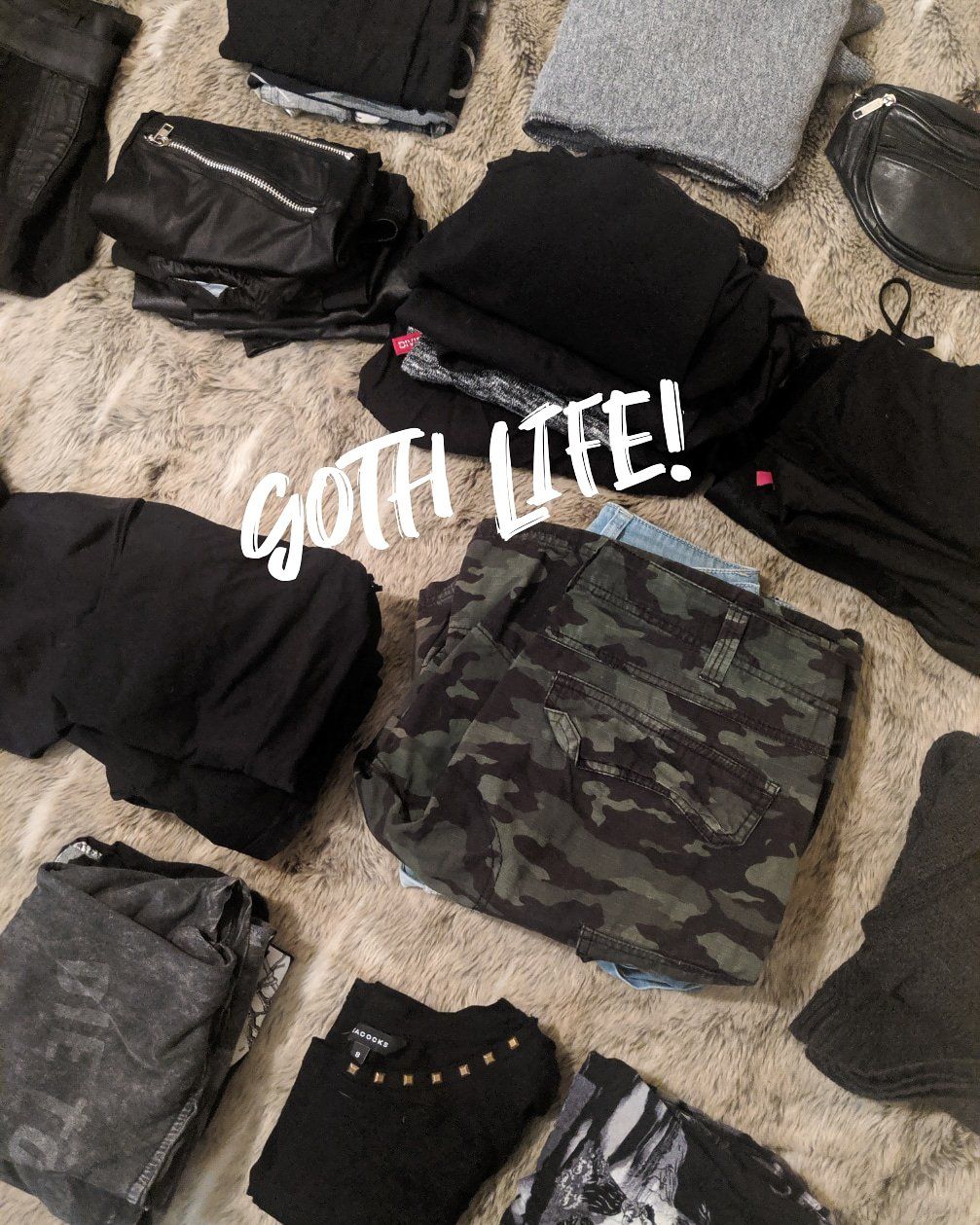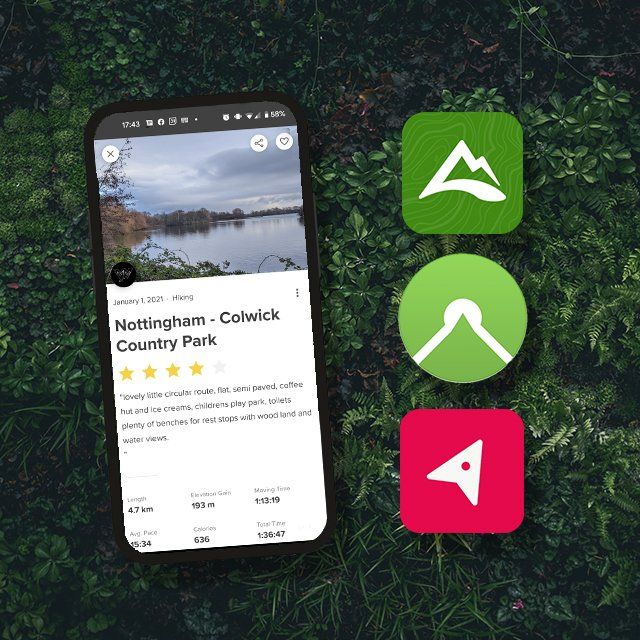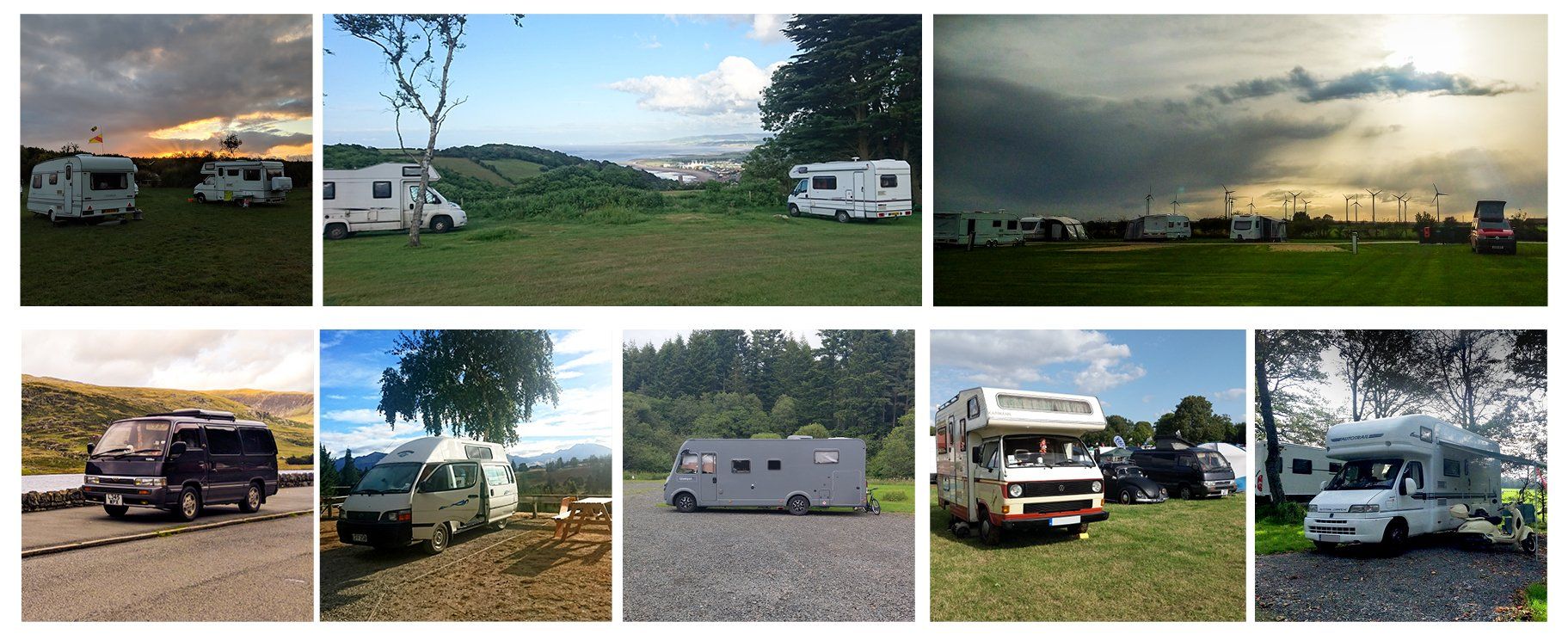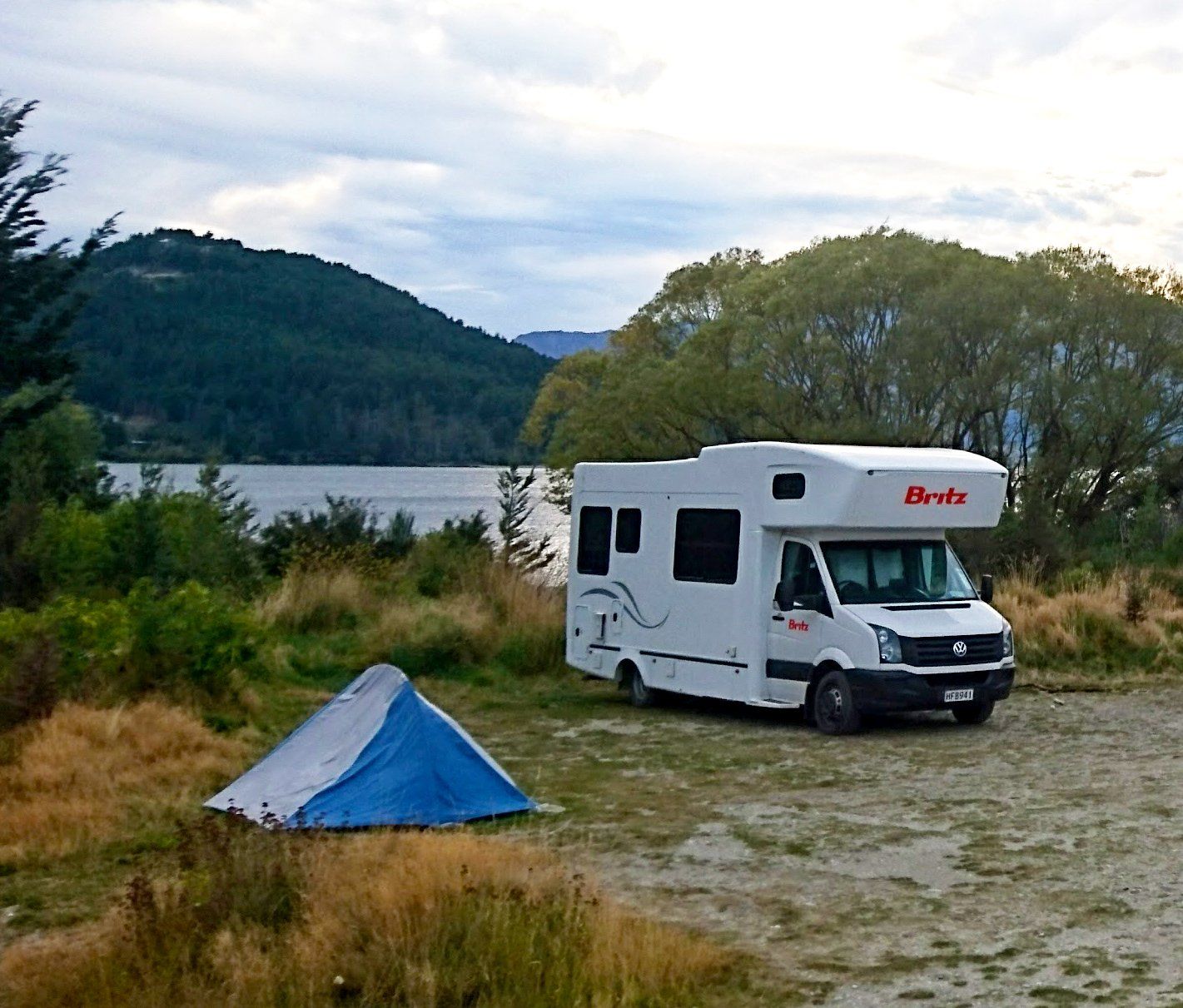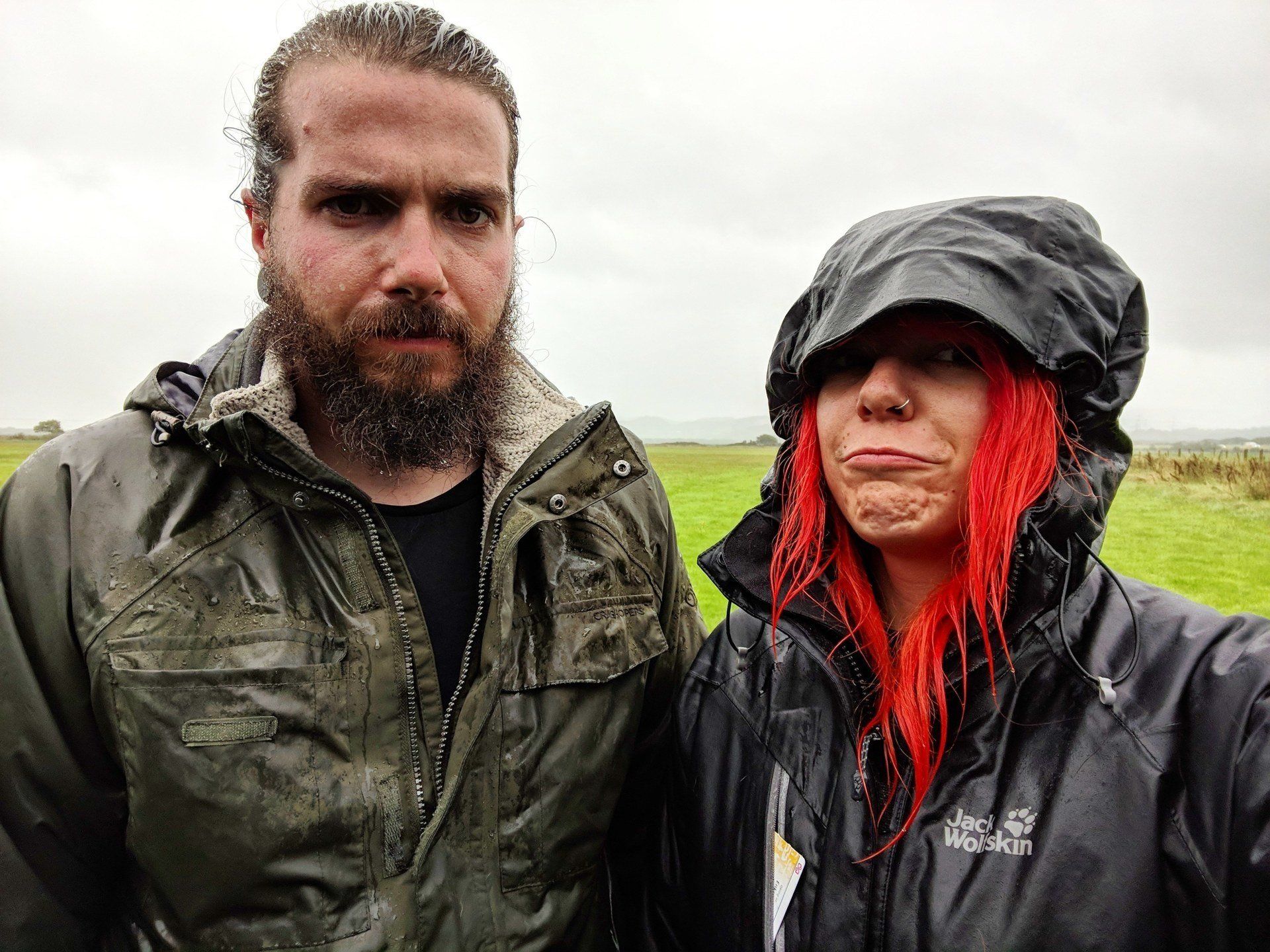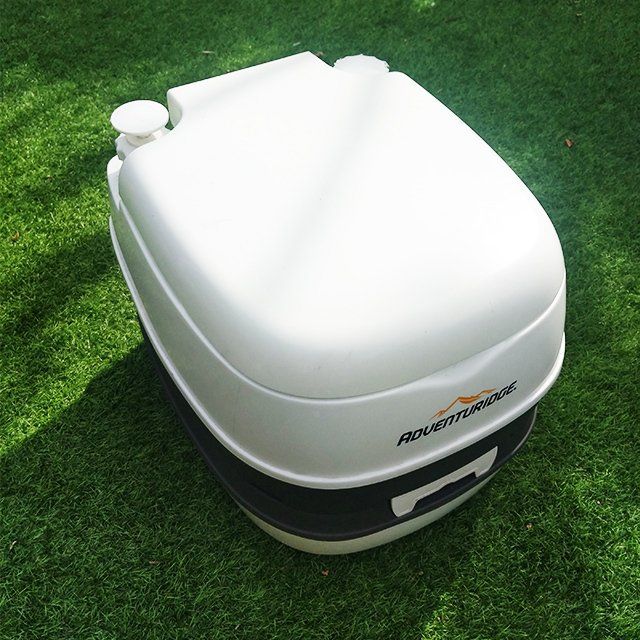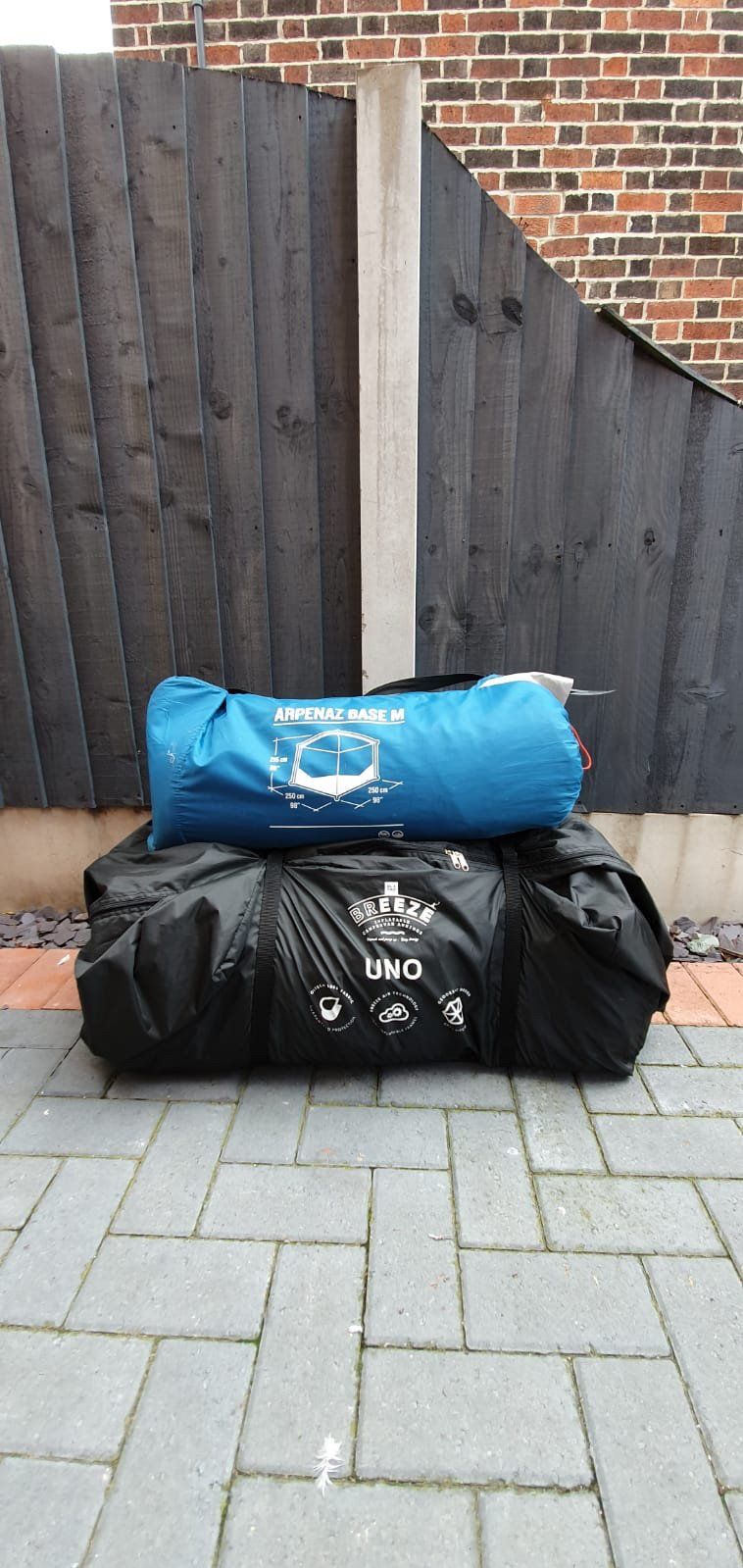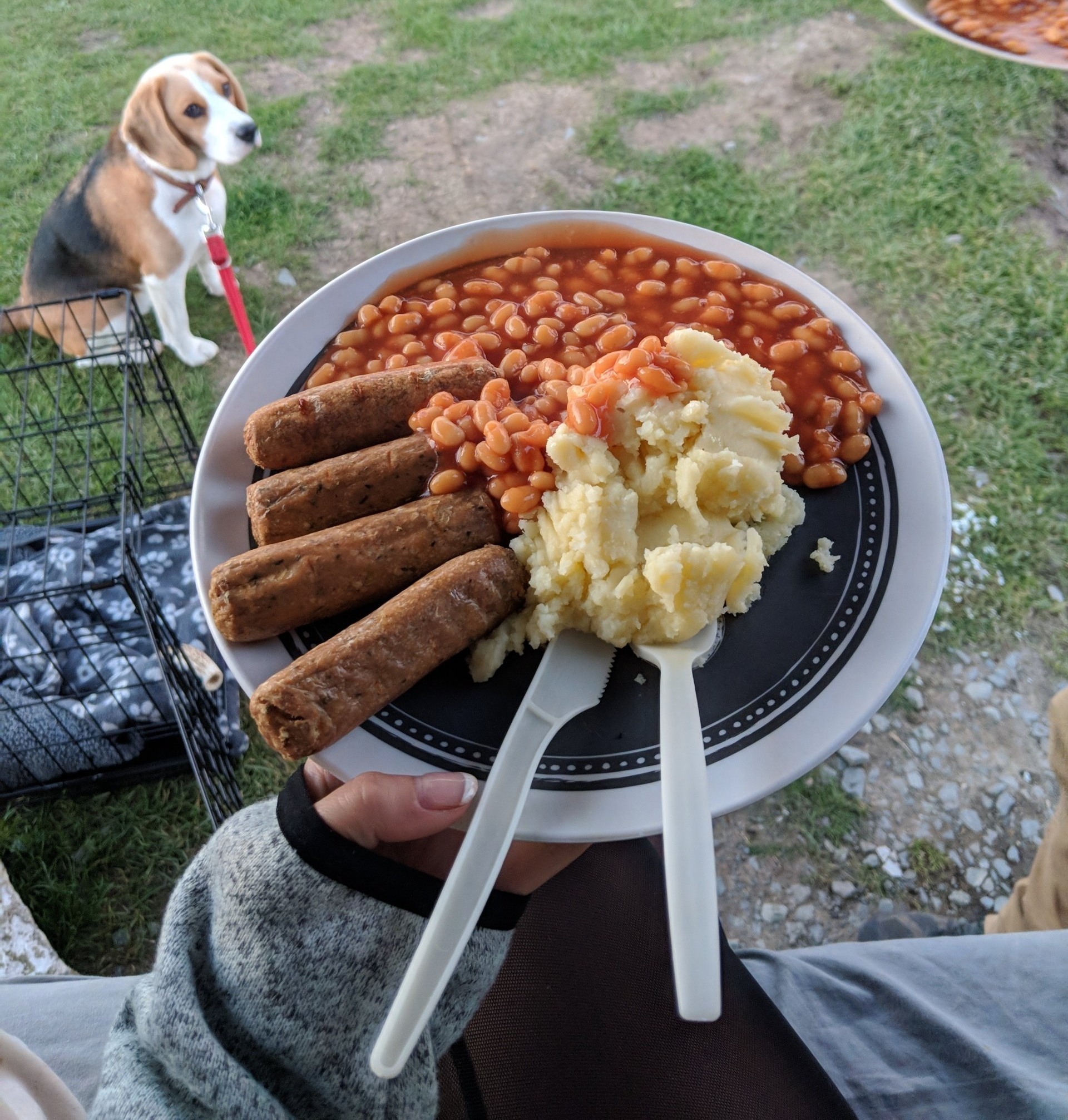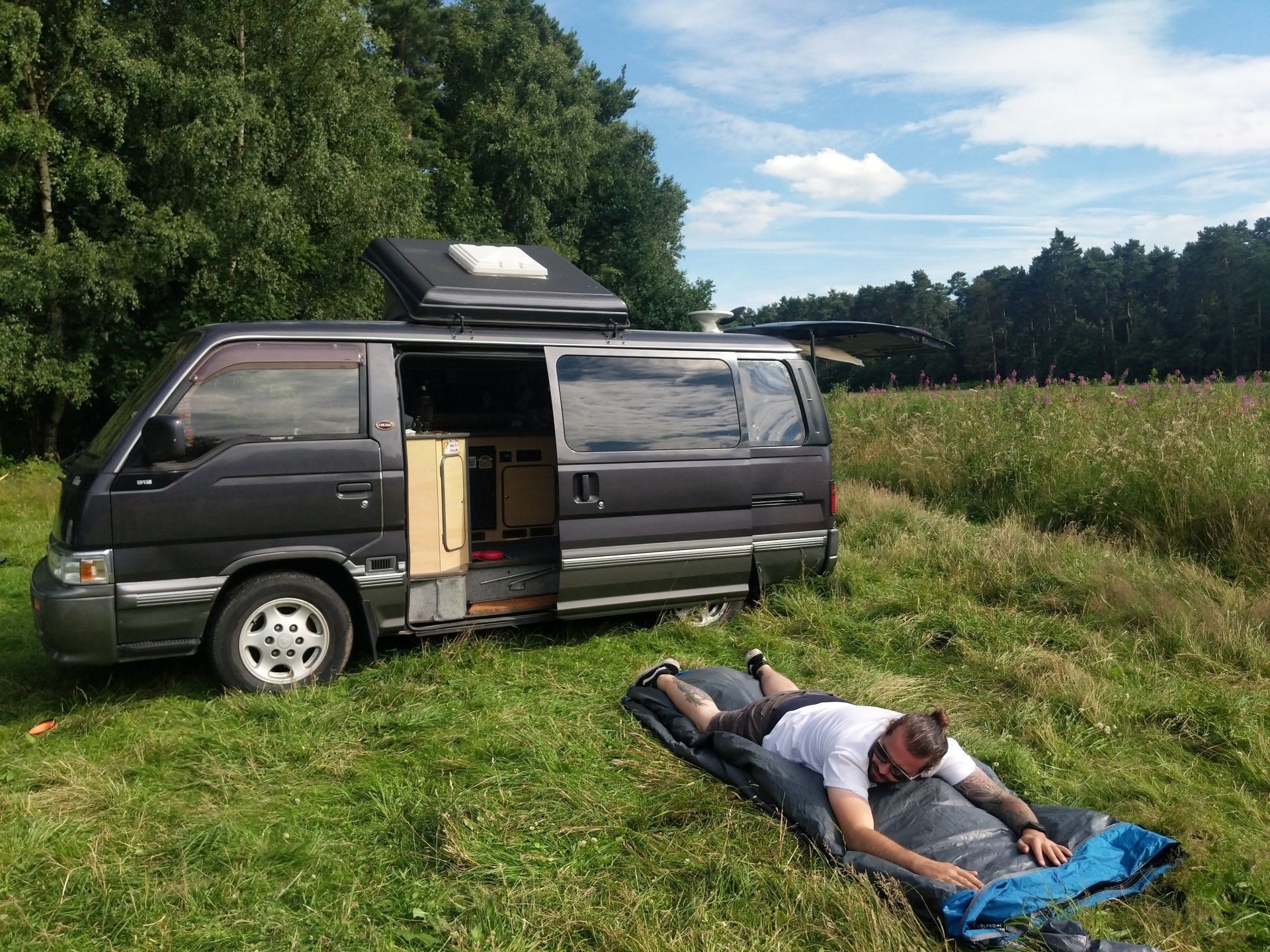SIZE DOES MATTER
CHOOSE YOUR WEAPON - OR VAN IN THIS CASE - WISELY….
Don't trust what they tell you… SIZE DOES MATTER… especially when it comes to choosing your new adventure vehicle. There are 3 main options for you when it comes to traveling; A caravan/trailer tent - a Campervan - or a Motorhome (you could also state that having a tent is an option too, but for this blog we are going to be focusing on vehicles and we will talk about each option and go over a quick pros and cons of each.
CARAVAN/TRAILER TENT:
Caravans come in loads of different shapes and sizes; from Eriba 2-Berth, all the way up to large twin axle 6/8 Berth bad boys. They generally have everything you need to be self contained such as kitchen, living and sleeping space and cassette toilet or full bathroom depending on what you get. The great thing is that you can use the camp site as a base, set up your campsite and you have your car to travel around the area.
You can also get trailer tents; again, they come in various shapes and sizes and are great in terms of them packing down in a nice compact trailer and generally tend to be a lot lighter. However - the older ones specifically - not as well insulated.
The Pros to caravan life
- The amenities on board, they are literally little homes on wheels. Now what you get depends on what size you get, but for this we will take a 'modern' family (4birth) size, single axle caravan, and with that you will normally find a small bathroom with shower, large seating area that will pull out into a full size bed, plus two seater dining area that turns to bunk beds for the kids. Each seat with storage underneath for things like bedding/clothes. A fully equipped kitchen consisting of sink with hot and cold running water, a large fridge, with freezer box, 2 burner hob, oven, plenty of cupboards to store pots, pans, cutlery, fold a way tables etc. and a Gas fire. They may have some added extras also, such as solar panels, electric sun roof, some even have TV's and microwaves for when on electric hook up! all of this comes at a cost though, obviously.
- Space. This again will depend on the type you get, but overall there is plenty of space so you don’t feel overly cramped and will even have a little room to walk around and stretch your legs. This is great if you have a dog or little kids running around, especially if the weather is poor outside.
- You are able to camp at places without facilities as you are self sufficient. – Most sites will accommodate a toilet/shower block as well as a small shop. Some go even bigger than that with children's play areas, saunas and hot tubs. But if you are a part of a 'Club', then you can attend the members only 'meets' and 'Temporary Holiday Sites'. (More about clubs can be found here). These are generally in a field, with a tap for freshwater on one side and a place to dump your waste (black water) on the other. That’s it. Simple. With being self-sufficient though, you can spend time here, explore the local area and save loads of money as these are a fraction of the cost of certified, permanent campsites.
- Having a caravan also means that you can get to a campsite, set up your base for the weekend and have your regular car to drive out and see the sights, nip to the shops or grab that late night takeaway with ease.
As with everything, there are Cons.
- First on the list is towing. Caravans aren't small. Even the smallest of caravans are still the size of a medium hatchback car and pulling that behind you can be quite daunting. There are also restrictions to towing, such as the trailer width must not exceed 2.55m and vehicles with a weight up to 3500kg can only tow up to 7m in length. You will also need a towing licence if you are a young ‘un too. You can find out more about this on the GOV website. It also means that you need to ‘Plan’ more about where you go, the roads you can use and you are restricted to just stop off anywhere you want. You also may need to upgrade your car too, aint a chance of pulling a caravan behind a fiat 500.
- In the pros, I mentioned using your towing car to get out about and using the van as a base. But, if you are wanting to travel around from place to place on a short time scale, towing a caravan is not exactly ideal as you are not able to stop off on the spur, most tourist car parks will not accommodate a caravan either, let alone a small local Tesco carpark.
- Storage when not in use. Again, these are not small units and if you are not lucky enough to have a large driveway, you will need to pay extra for storage. There are plenty of places that offer this now with an array of different price marks as well which depends on the type of storage that you go for, some as little as 40p a day! You may also be able to store your van at a local campsite of your choosing when not in peak season, but this can be quite costly.
MOTORHOMES:
Commonly, motorhomes are created using the front cab and chassis of popular large vans, such as Peugeot Boxer or Fiat Ducato and build the living quarter onto that, otherwise known as a coachbuild. There are also larger vehicles that build simply on the chassis of a van, and build the home vehicle on these, meaning that the cab is incorporated into the living space. These are classified as A-Class motorhomes and are right posh! You can get American style RV’s too, similar to A-Class but with a bit more brass. They aren’t that popular over here, as they are massive and generally run on petrol, so it will rinse your bank account in fuel costs.
As with Caravans, motorhomes come in a variety of shapes, sizes and sleeping capacity, but no need to tow and it's all in one drivable unit.
Most motorhomes that you see on the road are also below 3.5 ton, meaning that anyone can drive them that has a full UK driving licence, so no need for extra qualifications. In saying that, these vehicles are massive, so if you are not so confident in manoeuvring such a vehicle you can do lessons in building your confidence by driving them.
The most important difference from a caravan is the lack of an alternate vehicle for quick trips/visits. These are massive vehicles both in width and height. So plan-plan-plan when it comes to making your journey to not only make sure that the roads are safe for you to use, but any tourist destinations that you are planning on popping into as you travel can accommodate you.
If you are looking at making the change for a caravan to a campervan/Motorhome - check out my top 5 tips of changes/things to bear in mind
here.
The Pros to Morothomes;
- No towing. Probably the most important really. Unlike caravans, you can chuck some food, booze and pants in the back for the weekend and off you go. No need for a motor mover, lining your car up and the fear of detaching from your little home half way down the M1. On saying that, some people do like to tow a little car or trailer for a motorbike - more on this a little later, as we find this as a Con…
- They have everything you need to be comfortable. As with a caravan, this depends on budget/ which type of motorhome you get. The bigger you get, the more creature comforts you will find. But typically, this will include a toilet/shower room, kitchen, a large double bed and all the storage you can ask for. They will typically sleep 4 with ease. As with caravans, you will be self-sufficient - so no need for posh campsites with facilities, so you can save a few quid.
- Space. This again will depend on the type you get, but overall there is plenty of space so you don’t feel overly cramped and will even have a little room to walk around and stretch your legs. This is great if you have a dog or little kids running around, especially if the weather is poor outside. This also goes for storage too, a lot of motorhomes have a ‘Garage’. This is usually a large compartment found at the rear that can be accessed from both inside and the outside of the vehicle. Great for BBQ, chairs, tables, luggage etc…
And the downsides…
- These are all in one unit, whether it be a coachbuilt, A-class or American RV - so the living space cannot be detached from the vehicle. This isn’t a huge issue in itself really, but if you are planning to travel from place to place and stop off at sights along the way, you really need to plan your routes in advance. A lot of car parks are height restricted and won’t accommodate for motorhomes to just pull into.
- same if you are at a campsite for a full five days for example, make sure you know if there is a shop in walking distance - as your motorhome is going to be your only form of transport to pick up that pint of milk (or bottle opener) that you forgot to pack. Some people decide to tow a small town car so they are able to get around with ease, but personally, if you are going to do that - just buy a caravan, it’ll be cheaper in the long run. – My top 5 tips of changes/things to bear in mind for owning a motorhome /campervan can be found here.
- Storage when not in use - same as a caravan, unless you have a massive driveway, you may want to look into storage of the motorhome. They are cheap these days and there are loads of places that do it, but it's just another added annual cost to make you aware of.
CAMPERVANS:
Probably the most iconic when you think of camping and especially if you want to get involved with #Vanlife. Again, come in a range of sizes and equipment.
The most popular van for conversions are Volkswagen. Even from the 60’s with first Type2 VW split screen through to modern T6.1 /Crafter with all the modern bells and whistles. But these also come with a hefty price tag - especially brand new! (£55,000). At the moment the market is saturated with a variety of different campervans, professional and self builds! This is because you can basically choose any van that you like the look of and bang a bed and kitchen in the back. Depending on the size of the vehicle you chose, depends what you get, mainly just because of what you can fit in it! So I'm going to break this down into two sections - standard and large.
Standard ranging from a small Ford connect or Nuggets, VW caddy or Transporters, or older Toyota Hiaces and Mazda Bongo etc.
and Large being the VW Crafters, Mercedes Sprinters, Fiat Ducatos, etc.
Standard usually have everything you need for a getaway, such as a basic kitchen with sink and hob, a fridge, a pull out bed and plenty of storage, and for anything you don't fit in the van - you always have the choice of an awning or toilet tent, or cooking outdoors. Most conveniently (and what we love the most about them) is with them being small in size, it means that you can fit into standard parking spaces and under parking barriers, so need to worry when on your travels.
A Lot of people are also now using these as daily vehicles during the week and adventure vehicles at the weekend, saving on driveway space, insurance and tax too!
Downside is space. In the VW, you have enough space to sit or sleep and that's about it. If you have a pop-top or high roof you can stand, but there is not much walking room. You need to make the outside space around you a part of your camp by adding an awning to utilise the extra space, more on that later. You will also rarely have a built in toilet, so a cassette toilet and tent will be needed, or a campsite that has full facilities.
The larger vans have everything mentioned above, but often also a shower/toilet cubicle, more storage however - depending on the 'build style' these can still feel quite cramped inside when you are in them. And also come with parking limitations due to height/size of vehicle again. So if you are wanting or needing something bigger than a medium van, then jumping up to a motorhome may be the better option - as these are often in a similar price bracket to the Volkswagens anyway and you will get SO much more for your money!
We highly recommend a trip to the Camping and Caravan Club's 'Camping, Caravan and Motorhome Show' where you can have a look and sit in and get a feel for a lot of the different shapes and size of vehicles available before committing.

